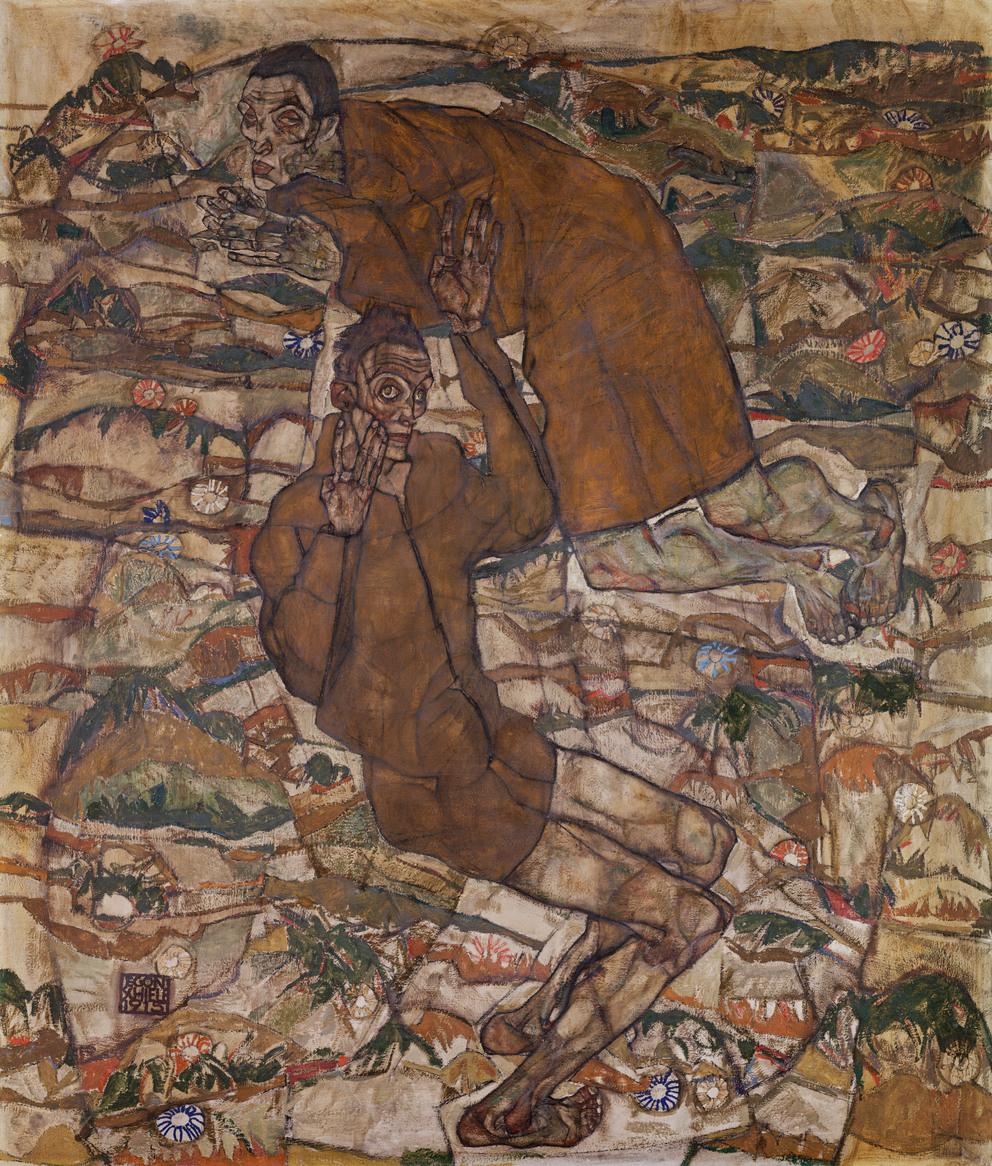
Leopold Museum,
Vienna
Vienna


Transfiguration (The Blind II)
1915
(Tulln 1890–1918 Vienna)
If you have further information on this object, please contact us.
Nachlass Egon Schiele, Wien (1918);
Arthur Stemmer, Wien / London (1918-1954); (1)
Dr. Rudolf Leopold, Wien (1954-1994); (2)
Leopold Museum-Privatstiftung, Wien (1994).
For provenance related information, please contact us.
2023/2024 Partial funding for digitization by the Federal Ministry for Arts, Culture, the Civil Service and Sport „Kulturerbe digital“ as part of NextGenerationEU.

